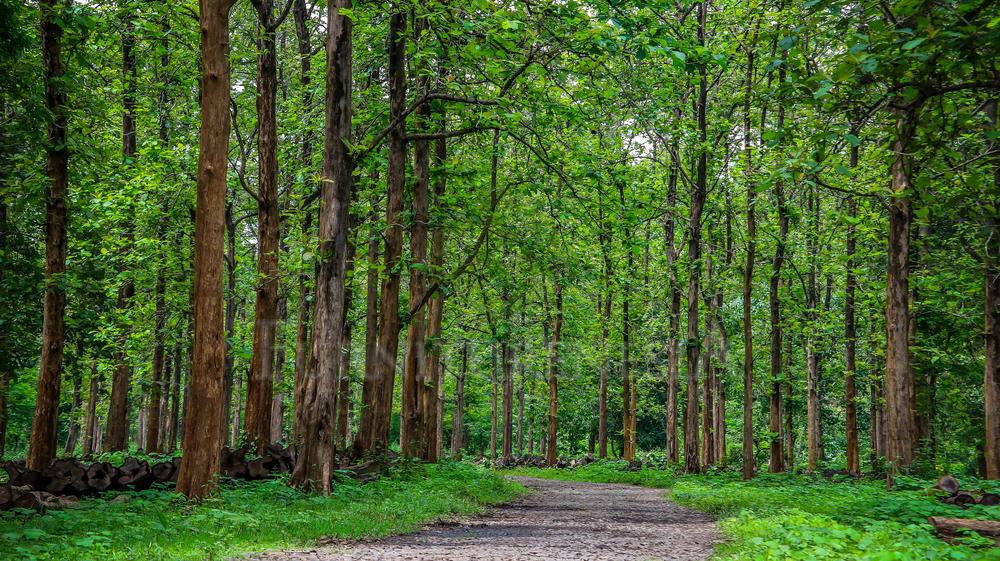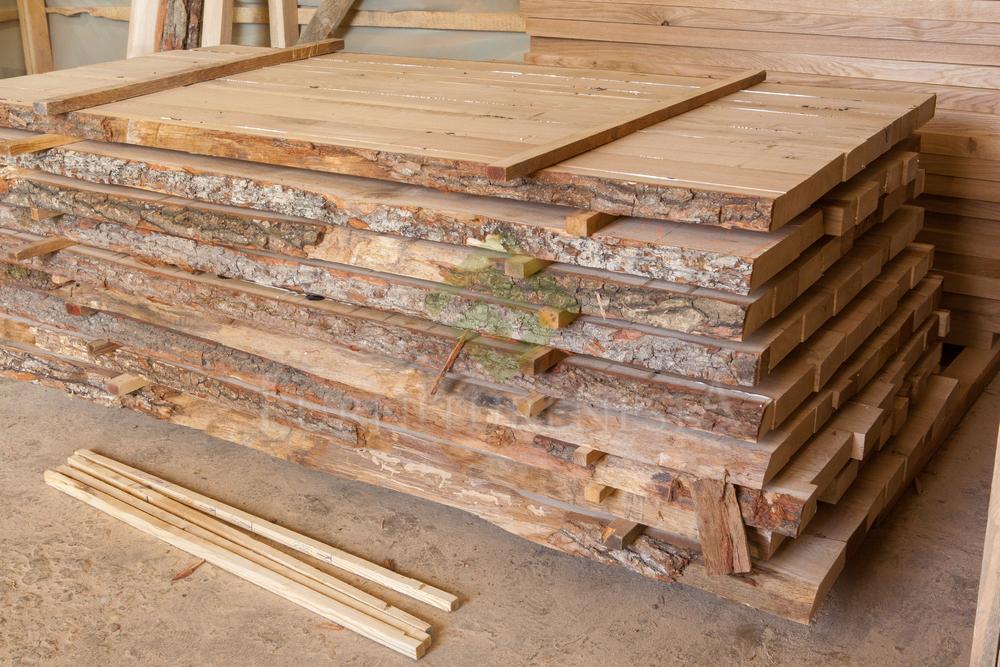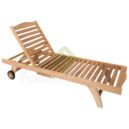Where Does Teak Wood Come From
Teak is a popular type of hardwood used widely in furniture, decking, and other applications. But where exactly does this durable and beautiful wood come from?
Today, let us explore where teak wood comes from and why it’s such a popular choice for homeowners and builders alike.
Major Teak Producing Regions
Teak wood comes from the Tectona grandis evergreen tree species native to tropical regions of Asia, Africa, and the Americas.

Indonesia is the global leader in teak production and export. The country possesses ideal growing conditions across nearly 13 million hectares of government-managed teak plantations.
In fact, Indonesia accounts for over 70% of the global teak market. The country exported nearly 800,000 cubic meters of teak lumber in 2021 alone. Furniture manufacturers drive over 90% of Indonesia’s teak sales abroad.
Teak forms a pivotal part of Indonesia’s forestry sector. Timber products comprised Indonesia’s 2nd largest export commodity in recent years. The trade surplus hit $9.5 billion USD in 2018. Teak alone has added billions of dollars to government revenues via Perum Perhutani.
This state-owned enterprise oversees legal logging concessions across Java and portions of Eastern Indonesia. Supporting over 4 million livelihoods, teak forestry provides socioeconomic stability despite deforestation concerns.
Is Indonesian Teak Good?
Of course, the answer is “YES”, Indonesian teak is prized for its quality and color consistency compared to timber from other origins. Its high natural oil content increases weather resistance.
Slow growth in dense jungle conditions produces an exceptionally durable heartwood. Java teak rates are among the strongest available grades.
How Tall and Big is a Teak Tree?
Teak trees stand among the tallest broadleaf deciduous species on Earth. Mature specimens commonly reach heights between 30-40 meters (100-130 ft). Occasional may attain 47 meters (155 ft) or more before falling victim to high winds.
This lofty growth habit develops rapidly in teak’s juvenile stage. Trees average increases of up to 1.5 meters (5 ft) per year for their first 10 years. Teak also develops a broad, dense canopy that can spread nearly as wide as the tree stands tall.
Given favorable growing conditions, teak trees frequently achieve diameters over one meter (3+ feet) at chest height. Exceptional specimens over 1.5 meters (5 feet).
At just 20 years old, plantation-grown teak can yield a merchantable .75 meter (30 inches) diameter trunk.
Types of Teak Wood
While there is only one tree species that produces true teak lumber, variations exist between planting regions. These subtle differences lead to price premiums for wood from certain origins. However, all natural teak shares desired properties like strength, weather resistance and beautiful grain patterns.

Appearance and Color
Teak heartwood exhibits a rich golden hue, ranging from dark honey brown to paler blond tones. Contrasting darker streaks frequently intermingle with lighter patches. These natural color variations contribute to teak’s aesthetic appeal.
Depending on growing conditions, the wood may develop more uniform or dramatic grain patterns. Denser, slower-grown old-growth teak tends to present more bold veining. Plantation lumber’s relatively rapid growth can manifest more subdued lines, similar to oak or ash.
While color does not significantly impact structural integrity, many specifications call for uniform, golden teak.
Grades
All teak grading centers around heartwood content. The mature interior wood possesses high natural oil concentrations that bolster weather resistance. By contrast, outer sapwood lacks oils and readily decays.
“A Grade” teak must feature over 85% heartwood by volume. This premium timber comes exclusively from mature, slow-grown trees. Lesser “B Grade” teak contains 60-85% heartwood, with more sapwood intermixed. Lower C-D grades represent young-growth trees or small branches.
Beyond heartwood percentage, additional sorting occurs based on origin, color consistency and cut sizes. For example, a golden “A Grade” board sawn from an Indonesian forest tree brings higher prices than a more varied Indian plank.
Why is Teak Wood Expensive? As a prized tropical hardwood, teak logs and lumber sell at a premium relative to common temperate species like oak or pine. Beyond appearance, teak’s natural durability and water resistance justify the higher cost for many applications.
However, pricing also stems from restricted supply. Most high-grade teak comes from dense Asian rainforests. Strict regulations combined with gradual maturation rates limit production volumes. Illegal logging further curtails legal market inventory in some areas.
These factors force buyers to pay elevated rates even for lower-quality plantation teak.
Teak Wood Certifications
Third-party forest certification programs aim to validate responsible harvesting practices. These eco-standards regulate activities like replanting, chemical use, waste control and water quality monitoring. Meeting benchmark criteria permits companies to label products as sustainably managed.
Several major certification frameworks apply to the global teak trade:
- FSC – The Forest Stewardship Council operates the most widely recognized standard for responsibly sourced lumber. FSC certification indicates adherence to strict forestry protocols favoring land conservation. Over 200 million hectares carry active FSC endorsements.
- SVLK – Indonesia’s domestic Timber Legality Verification System aims to stamp out illegal logging through mandatory harvesting permits. The SVLK program also oversees certain sustainability targets. Obtaining this certification is compulsory for Indonesian teak exports.
- PEFC – The Programme for the Endorsement of Forest Certification provides an alternative guidance framework more aligned with industrial-scale production. PEFC tends to present more flexibility for large forestry consortiums.
- SFI – The Sustainable Forestry Initiative originated in North America but maintains international reach across over 350 million acres. The SFI standard incorporates responsible harvesting policies as well as community involvement and labor relations.
These credible forest certification schemes offer assurance that wood products come from legal, sustainable sources. However, their voluntary nature means total industry participation remains incomplete.
As a leading teak outdoor furniture manufacturer in Indonesia, we create the best outdoor furniture using high-quality teak wood material.
We hope you enjoyed learning all about where teak wood comes from and how it’s grown into awesome furniture. If you have any questions or want to explore our products, feel free to reach out.


